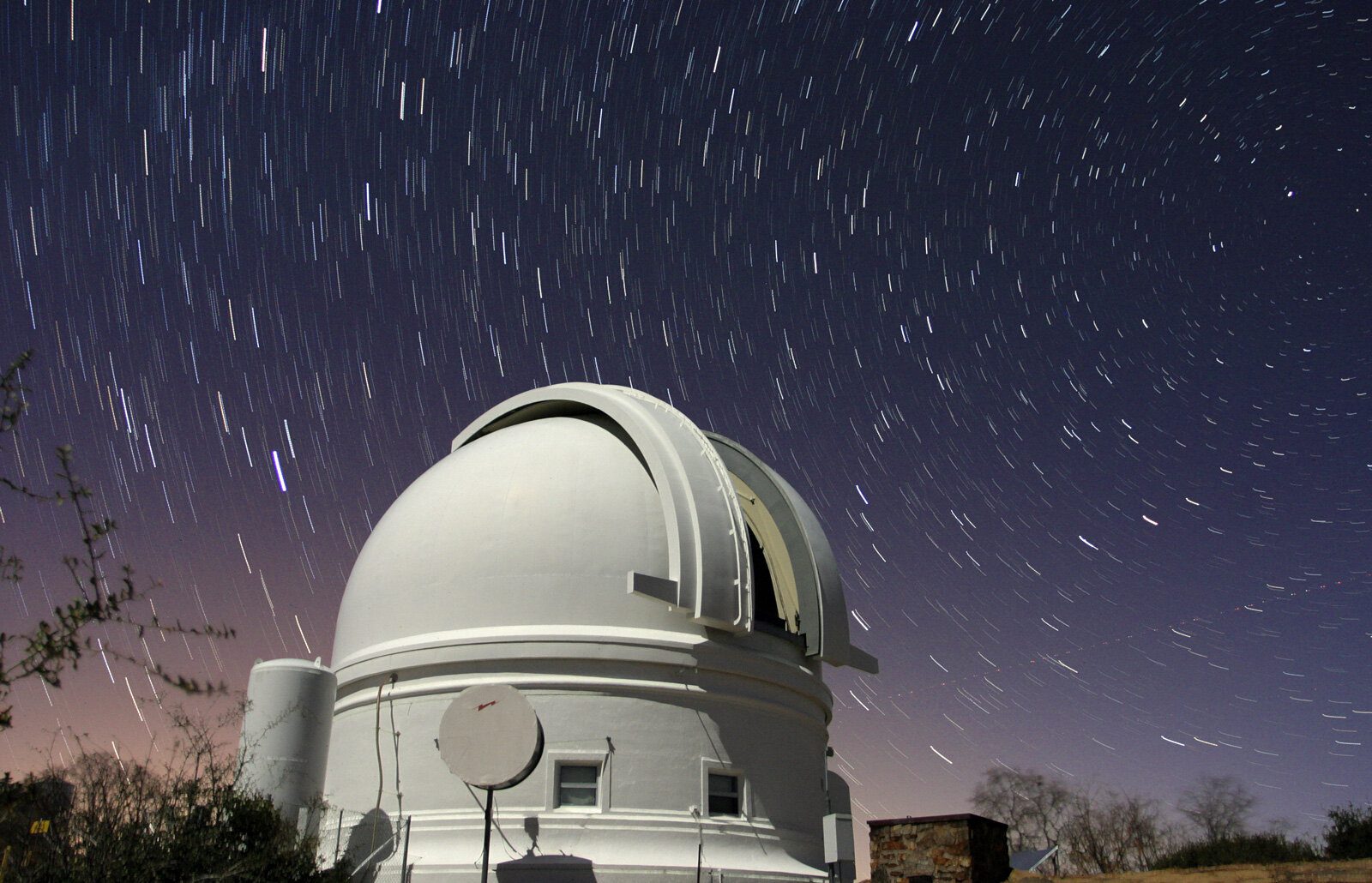

Today marks the release of a groundbreaking dataset on Type Ia supernovae that could transform the methods astronomers use to study the universe’s expansion history.
Dr. Mathew Smith and Dr. Georgios Dimitriadis from Lancaster University, both part of the Zwicky Transient Facility (ZTF), are utilizing a cutting-edge camera mounted on the Samuel Oschin Telescope at Palomar Observatory in California. Their findings have been detailed in a publication featured in the journal Astronomy & Astrophysics.
Type Ia supernovae result from the explosive end of white dwarf stars. These cosmic events are vital for astronomers as they assess distances across the universe; the farther away an object is, the dimmer it appears.
Dr. Smith, the co-leader of the ZTF SN Ia DR2 release, remarked, “This release offers a pivotal dataset for the study of supernovae in cosmology. It allows for fresh insights into both the universe’s expansion and the fundamental properties of supernovae.”
For the first time, scientists have access to such an extensive and uniform dataset. Although Type Ia supernovae are uncommon—appearing roughly once in every thousand years within a typical galaxy—the ZTF’s efficient imaging approach enables researchers to observe nearly four supernovae each night. In just two and a half years, ZTF has doubled the number of Type Ia supernovae available for cosmological studies, increasing the count from the previous 30 years to nearly 3,000.
Dr. Mickael Rigault, head of the ZTF Cosmology Science working group at the Institut des deux Infinis de Lyon (CNRS / Claude Bernard University), stated, “Over the past five years, a team of thirty experts from around the globe have gathered, organized, and analyzed this data. We are now making it accessible to the entire scientific community. The uniqueness of this dataset in terms of size and consistency is anticipated to significantly influence the field of supernova cosmology and foster numerous new discoveries alongside those we have previously published.”
The ZTF camera, situated on the 48-inch Schmidt telescope at Palomar Observatory, conducts daily scans of the entire northern sky across three optical bands, achieving a depth of 20.5 magnitudes—about a million times fainter than the faintest stars visible to the naked eye. This exceptional sensitivity allows ZTF to detect nearly all supernovae located within 1.5 billion light-years from Earth.
Co-author Professor Kate Maguire from Trinity College Dublin noted, “Thanks to ZTF’s unparalleled ability to quickly and deeply survey the sky, we have been able to capture several supernovae within days, or even hours, of their explosion. This offers new constraints on their final moments.”
The discovery of the universe’s accelerating expansion, recognized with the Nobel Prize in 2011, was made in the late 1990s using around a hundred of these supernovae. Since then, scientists have been delving into the reasons behind this acceleration, attributed to dark energy, which acts as an anti-gravity force across the cosmos.
Professor Ariel Goobar, director of the Oskar Klein Centre in Stockholm, and a member of the team that identified the accelerated expansion of the universe in 1998, remarked, “Ultimately, our goal is to tackle one of the most pressing questions in contemporary fundamental physics and cosmology: What constitutes most of the universe? To answer this, we need the ZTF supernova data.”
One key finding from ongoing studies is that Type Ia supernovae exhibit intrinsic variation based on their host environments, more than previously anticipated, necessitating a reevaluation of the correction methods employed thus far. This could potentially alter our approach to measuring the universe’s expansion history and may have significant implications for the current discrepancies observed in the standard cosmological model.
Dr. Rigault added, “With this extensive and uniform dataset, we can investigate Type Ia supernovae with unprecedented precision and accuracy. This represents a vital advancement in refining the application of Type Ia supernovae in cosmology and determining whether current deviations in cosmological understanding stem from new fundamental physics or unknown challenges in our distance measurement methodologies.”
Further Details:
M. Rigault et al, ZTF SN Ia DR2: Overview, Astronomy & Astrophysics (2024). DOI: 10.1051/0004-6361/202450388
Provided by
Lancaster University
Citation:
Release of Type Ia supernovae data may hold key to the history of the universe (2025, February 14) retrieved 15 February 2025 from https://phys.org/news/2025-02-ia-supernovae-key-history-universe.html
This document is subject to copyright restrictions. Except for any fair dealing for personal study or research, no part may be reproduced without written permission. The content is provided solely for informational purposes.









